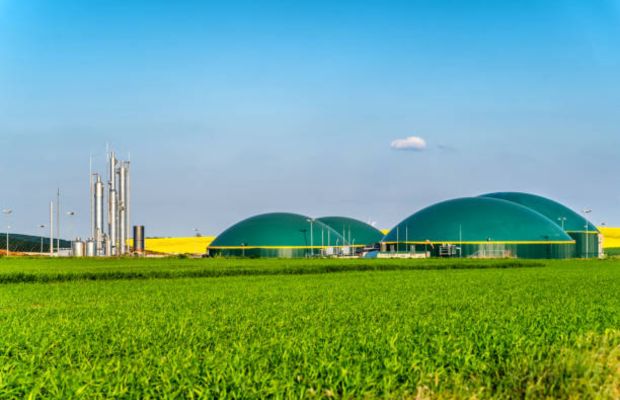Iran has operationalised a wastewater treatment plant in western Tehran. Iran’s Deputy Minister of Energy Mahmoud Kamaani said the operation of a wastewater treatment plant can help prevent the release of 220,000 metric tons of carbon dioxide gas, annually which has a significant environmental impact.
Kamaani inaugurated the concentrated biomass power plant which has a nominal capacity of 7.2-megawatt simultaneously with the opening of the wastewater treatment plant on Thursday, according to IRNA’s report from the Ministry of Energy.
The ceremony was held in Tehran and inaugurated via video conference by President Ebrahim Raisi and Energy Minister Ali Akbar Mehrabian.
Kamaani who is also the head of Renewable Energy and Energy Efficiency Organization of Iran (SATBA) in the opening ceremony said that this biogas power plant will produce 50 million kilowatt-hours of electricity annually.
The 7.2-megawatt plant, adjacent to a wastewater treatment facility in western Tehran, will reduce carbon dioxide emissions by 220,000 metric tons and natural gas usage by 24 million cubic meters annually, he explained.
While describing the ongoing projects, Kamaani said eight more power plants are under construction, including four biogas power plants in the cities of Isfahan, Qom, Kashan, and Shiraz. He pointed out that it is expected that these power plants will be put into operation within the next year and a half and at the end of the tenure of the current government.
Biogas, a renewable energy source, is produced through the anaerobic digestion of organic materials such as food scraps and waste, in the absence of oxygen.


